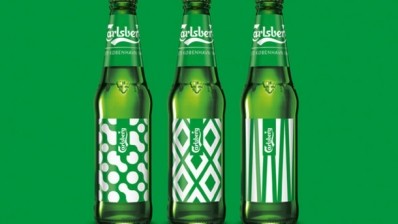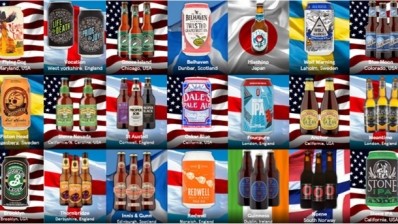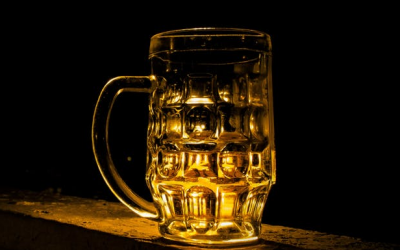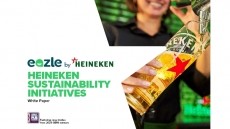How far will mainstream lager makers take craft?
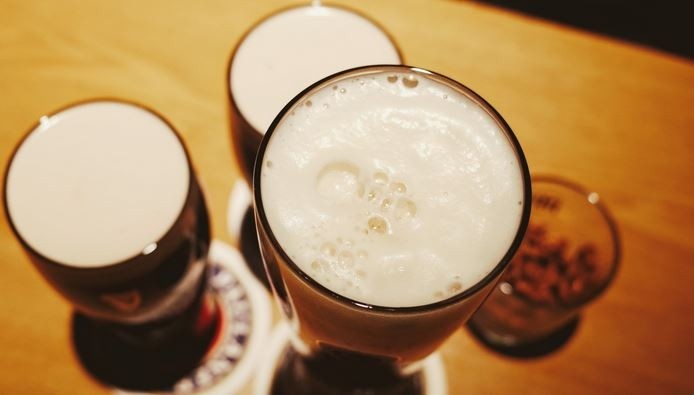
Mainstream lager sales have dipped and while they haven’t necessarily dropped off a cliff, the decline has been considerable enough for the big brewers to show how limber they really are by paying more attention to smaller, but growing, beer segments.
Lately, bigger is not always better when it comes to beer, proven by the amount of attention major brewing arms are paying to the craft revolution. If they have not already backed, bought or begun an artisan beer venture of their own, then it seems inevitable every one of the dominant beer producers will do so eventually.
The big question is whether this is enough to negate the losses large-scale manufacturers will have suffered due to reduced uptake of their mainstream brands.
Earlier this month, The Morning Advertiser (MA) broke the news that Carlsberg is to wade deeper into the craft segment, with chief executive Julian Momen outlining plans to bolster the company’s growing portfolio of smaller brands, with the purchase of an artisan brewery in Britain.
By the end of the year, at the earliest, Carlsberg will have acquired its own UK craft brewery, according to Momen, who adds: “What we know is that international craft is absolutely what you need to have, we also know that we need to have a local craft brand.
“Local craft in the UK is actually growing faster than international craft and it doesn’t exist in our portfolio right now.”
Interest in smaller brewers
Such a move is less out of the ordinary these days, with the likes of AB InBev regularly buying up smaller breweries and investing in their infrastructure to grow their reach – as with the acquisition of Camden Town Brewery last year.
Interest in the smaller breweries from bigger businesses stems from reduced uptake of mainstream lagers and increased interest in craft, premium and world categories.
The latest CGA Strategy data shows the mainstream lager sector has been under pressure for the past few years, with sales volumes down 15% compared to 2013.
In contrast, other segments are showing dramatic growth, says CGA Strategy commercial director Graeme Loudon.
“The mainstream lager category is having to compete for consumer affections with world, premium and in-creasingly craft offerings within beer,” he explains.
“Craft in particular has captured the imagination [of consumers] in recent years, growing 21% in the past year and now available in a third of all on-trade outlets.”
But, increasing interest in craft breweries from the larger names is not necessarily being met with open arms by all. Beer Day Britain founder and drinks educator Jane Peyton says: “Large brewers have been buying small brewers for decades.
Big corporations are future-proofing when they purchase small, imaginative breweries because they cannot match the exciting, bold styles of the modern brewing scene.
“In an ideal world, the big brewers that buy independents would instead brew similar types of beer themselves.”
Whether acquisitions of smaller businesses by bigger ones is good or bad depends on who is considering the subject, according to Peyton. “It is good for the small brewer being purchased in that their hard work has reaped financial reward and their brands can now reach a wider customer base.”
However, part of the appeal of the small, modern brewer, is its independence and authenticity, she added. “The large breweries will never be able to emulate what is so extraordinary about the modern small brewery scene because much of its appeal, in addition to flavour, is the scale and independence of the business and the fact that it is local.”
The pull of craft beer
The growth in craft beer is destined to continue, with 7.1m customers stating that they drink craft beer out-of-home and visit the on-trade regularly to do so, CGA claims.
Consumers are drawn to craft because it offers something different to the norm, according to Carlsberg UK vice-president of marketing Liam Newton. “Today’s consumers are keen to explore and discover new things, including the food and drink they consume, so smaller brands are being given a much higher profile than we’ve seen before,” he says.
“This means it is important for our customers to offer a broad range of options, and we’re able to provide this diversity through our Crafted range, which sees us partner with many specialist breweries around the UK and internationally.”
Growing its craft beer credentials will remain a focus for the company, but giving attention to the key brands that underpin the business is also important, he adds.
It is crucial to note craft remains a very small part of beer sales, with the big brands still dominating the market, Heineken new beers brand unit director Sam Fielding explains.
“For me, in terms of big mainstream brewers, of course, there’s this resurgent interest in brewing and different beer styles and tastes, and it’s really impressive and we are forecasting it’s going to grow,” says Fielding.
“But, we have to be clear that it’s relatively small in terms of the market and the big brands will continue to form the broad reach of the category. It’s really important that we balance the conversation.”
That said, there is no doubt for Fielding that craft beer’s rise has reignited mass interest in beer, to the benefit of all segments. “For me, there is an opportunity with consumers being increasingly engaged with the category for us to work with our customers to maximise the profitability in the area.”
Heineken research suggests consumers are open to paying more for a beer they perceive to have complex flavours, as well as styles they may not have tried before. This perspective has led Fielding to predict the craft beer category will grow by 16%-17% over the next three to five years. “That’s exceptional in terms of growth rate,” he maintains.
Continued value of big brands
Although, mainstream producers are quick to point out craft has created more interest in the category, it is thought the value of the big lager brands will remain. Fielding adds: “I firmly believe craft has reignited consumer passion within the category and this can only be a positive for the industry and the customers. It’s incredibly exciting for all brands and brewers.”
Hope for the future of mainstream lager – while no one has said anything about sales reaching their former peak – stems from one main sentiment, which is that consumers like familiarity. Molson Coors on-trade sales director for the UK and Ireland Martyn Cozens says: “Familiar mainstream brands are still really important and by far still the biggest segment.
“We are very clear in our strategy that Carling is important to us and as well as making sure we drive the footprint of our portfolio in premium and craft, the mainstream is the category that helps us to invest in those areas.”
This is the same for Carlsberg’s Newton, who adds: “We know from extensive research that well-known premium lager brands like Carlsberg Export and Carlsberg remain crucial to the health of the overall category, because this is where the majority of drinkers are introduced to the beer world.”
Passion for lager brands
If the mainstream and premium lager categories ceased to exist, about 40% of consumers would leave the lager market altogether, other than the 8% of those drinkers who would migrate to higher value categories such as craft and world beer, according to Kantar WorldPanel data.
For Fielding, consumers are still “incredibly passionate” about everyday lager brands, such as Foster’s, which represent an important part of the beer category, “and I believe they will continue to do so”, he adds.
While it is obvious mainstream lager will remain important to the dominant brewers, it is inevitable they will continue to delve further into the craft sector as they seek to rebalance sales lost to emerging and growing trends.

